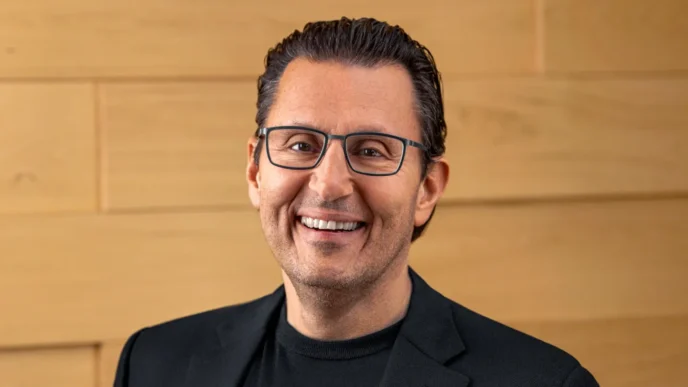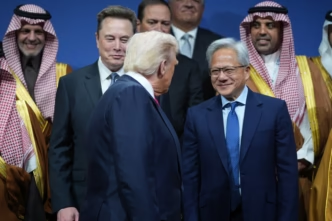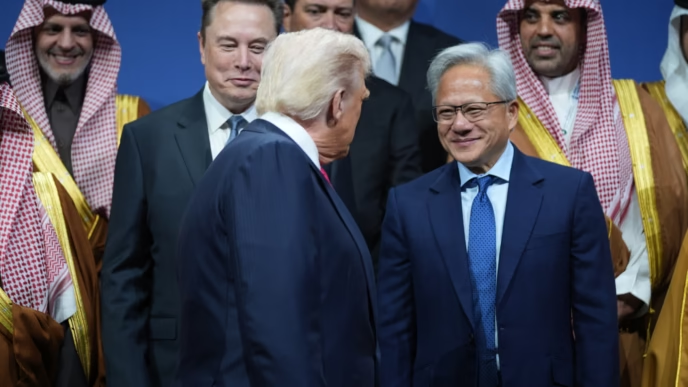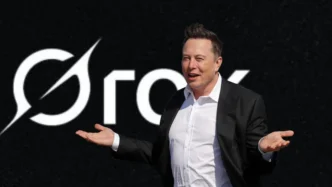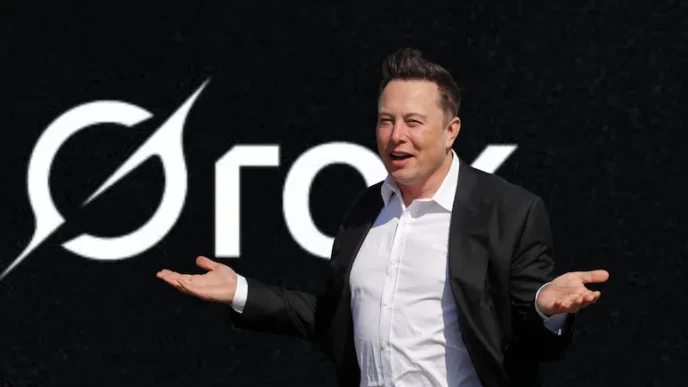Elon Musk once said that nobody changes the world on a 40-hour workweek. He proved it back in 2018 when Tesla was struggling to get the Model 3 off the production line. During that brutal period, now known as Tesla’s production hell, Musk and thousands of employees pushed through 100-hour weeks just to keep the company alive.
That chapter shaped Tesla’s culture forever. It also showed how unforgiving real manufacturing can be. Software companies can fix bugs with a quick patch, but hardware breaks in the real world. When something goes wrong on a factory line, especially at massive scale, issues ripple through supply chains, schedules, and budgets. You can’t hide those mistakes. You have to solve them fast.
Tesla survived that nightmare and came out stronger, building a $1.3 trillion company in the process. Its real edge isn’t just electric cars or stunning designs. It’s Tesla’s rare ability to blend software innovation with large-scale, real-world manufacturing. Even Apple, a company famous for hardware polish, still outsources most of its factory work. Tesla does not. And now, the company is gearing up for an even more intense battle.
According to internal briefings shared with employees, Tesla is bracing for another all-consuming production push, one that could dwarf anything from the Model 3 era. Ashok Elluswamy, Tesla’s vice president of AI software, recently told teams that 2026 will be the hardest year of their lives. He made it clear that the pace will be faster, the workload heavier, and the expectations higher than anything they’ve faced before.
Why? Because Tesla is about to take on two of the most ambitious manufacturing challenges in modern history: building millions of autonomous Cybercabs and launching large-scale production of its Optimus humanoid robot.
Cybercab production is expected to begin in April. Musk wants 2 million units a year, an astonishing number for a brand-new autonomous vehicle built around complex hardware, AI systems, and robotaxi reliability standards. This fleet would form the backbone of Tesla’s long-promised Robotaxi network, a service Musk has been teasing for years.
But the Cybercab is only half the story.
Tesla also plans to begin manufacturing its Optimus humanoid robot by the end of 2026. The goal: 1 million units a year. No company in history has ever produced humanoid robots at that scale. And while the early demos of Optimus have shown steady progress, the leap from polished prototype to mass production is enormous.
Musk has admitted that building humanoid robots at scale will be a slog. He described the challenge bluntly: everything must work perfectly, because production speed is limited by the “slowest, dumbest, least lucky thing out of 10,000 unique items.” It’s a reminder that hardware is messy, unpredictable, and unforgiving.
In other words, this is Production Hell 2, and it’s arriving fast.
The original production hell nearly broke Tesla. But the stakes today are even higher.
The company is no longer fighting for survival. It’s fighting for leadership in a new era of robotics, autonomy, and large-scale AI deployment. The Cybercab and Optimus programs require Tesla to combine advanced AI models, custom chips, mechanical engineering, real-time sensing systems, battery optimization, safety tests, and high-speed factory lines, all under one roof.
No other company has attempted this combination at scale.
That’s why Tesla teams know what’s coming. The hours will be long. The pressure will be relentless. And the company’s biggest innovations will be pushed from labs into factories, where ideas either work at scale, or collapse under real-world chaos.
Yet, despite the challenges, Musk believes the world underestimates what it takes to build physical products. He has argued that someone should make a movie about manufacturing because most people don’t realize how hard it is.
He might be right. And if that movie ever gets made, the title practically writes itself:
Tesla Production Hell 2: Robot Hardcore.





